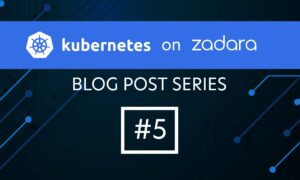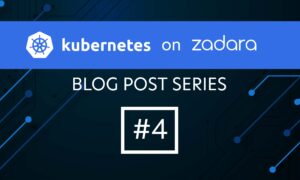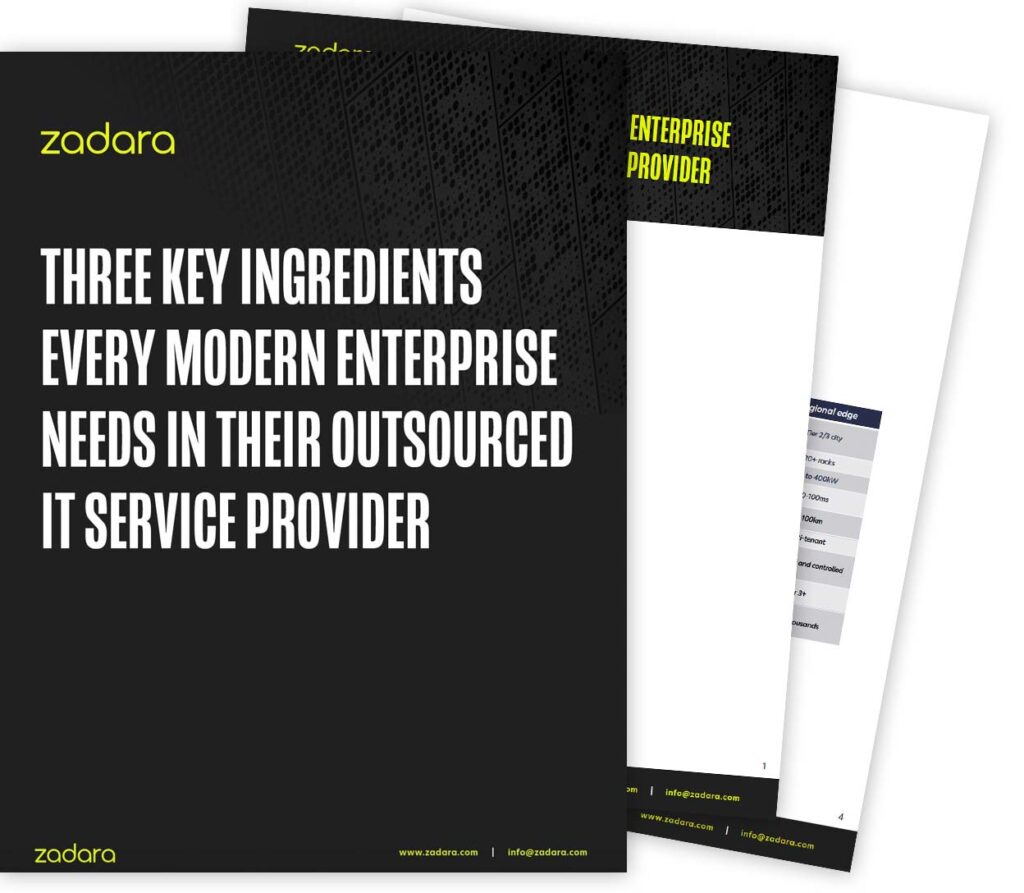Traditional (CapEx) storage is slowly becoming a thing of the past and is being replaced with a newer, more flexible solution; OpEx storage in public and private clouds
As Jim Miller of EMA pointed out on our webinar, Enterprise Storage: A New Approach, data is a company’s most critical asset. It’s the component of the company that drives innovation and can get you a competitive advantage if you stay on top of things. Especially with the growth rate being so large (data center growth around 42% per year), and companies becoming more and more dependent on the data. Additionally, the data is being retained for longer periods of time due to compliance requirements and analytics. Therefore, it’s imperative for IT departments to make the right decisions when storing the company data. The problem that arises with all of this is budget. While most of the industry is still in a CapEx business model, there are many paying for OpEx storage in public and private clouds.
Again, data is continuing to grow at an exponential rate, and budgets if anything are staying the same, and usually diminishing. Typically, in the past, to combat the storage growth, IT managers had to look at their crystal ball and try to predict how much storage they’ll need over the next 3-5 years. So, not only did they needed to find a solution to meet their feature and performance requirements, they also needed to guess how much storage they will need for years to come. Seems silly, right?
That’s where software-defined, OpEx storage comes in
To resolve the issue of over-provisioning and ultimately over-paying, the storage industry is shifting towards OpEx models. This new and flexible approach is essential to meeting storage requirements – you never have to guess, so therefore, you never get it wrong.
Many IT organizations are transitioning to the cloud, and cloud adoption is projected to increase dramatically over the next 3-7 years.
Considering migrating to the cloud?
Cloud adoption can be scary for some, but it shouldn’t. There are many options when transitioning to the cloud so you can make it work for you based on your business requirements.
Start small.. Not all your data needs to be moved to the cloud, and not all at once. It’s best to test out what applications would be best suited in the cloud. Another issue to consider is a hybrid cloud storage approach. This allows you to keep some data in a colocation data center or onsite, creating your own private cloud.
What about Enterprise Storage as-a-Service?
Zadara Storage offers a universal storage solution, either in the cloud, on-premise or hybrid model. Our OpEx, consumption-based pricing is an attractive model for many and is saving our customers hundreds of thousands of dollars annually without sacrificing their enterprise features.
For more information on these, contact us today.
Or, click here to download the white paper written by EMA Senior Analyst Jim Miller, ‘The Value of OpEx-based Storage-as-a-Service.





